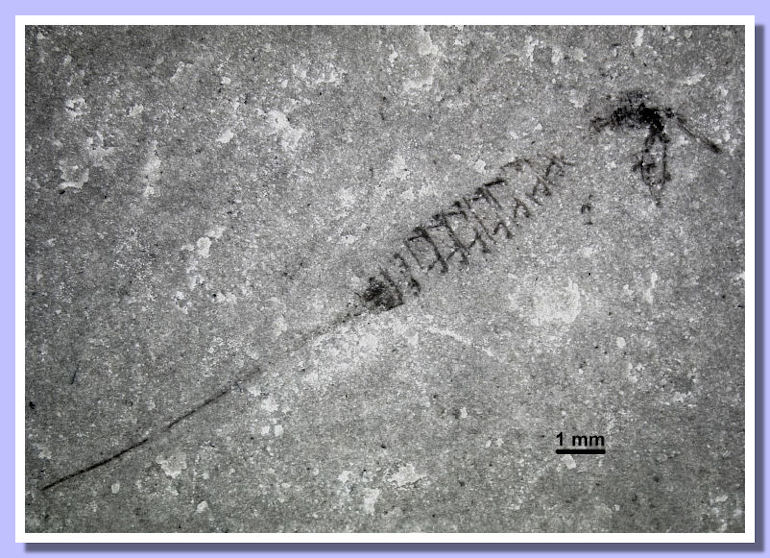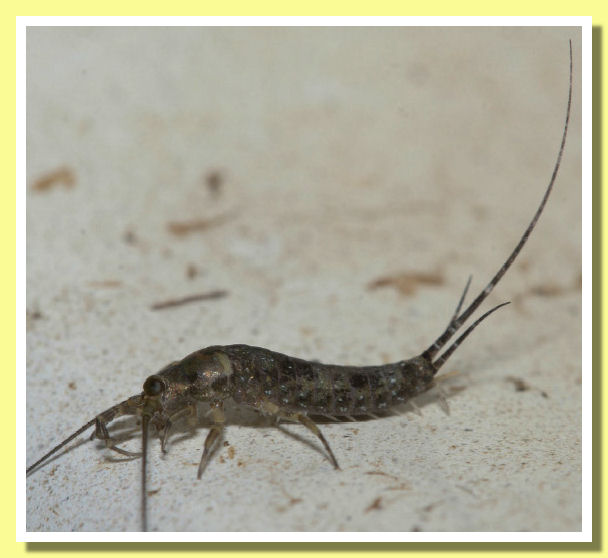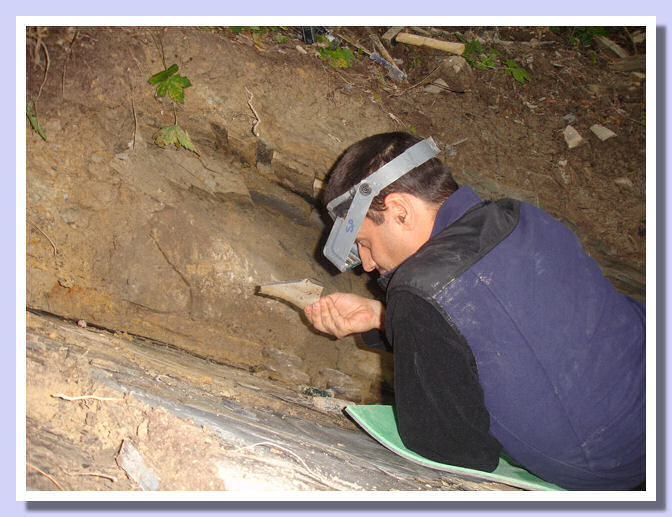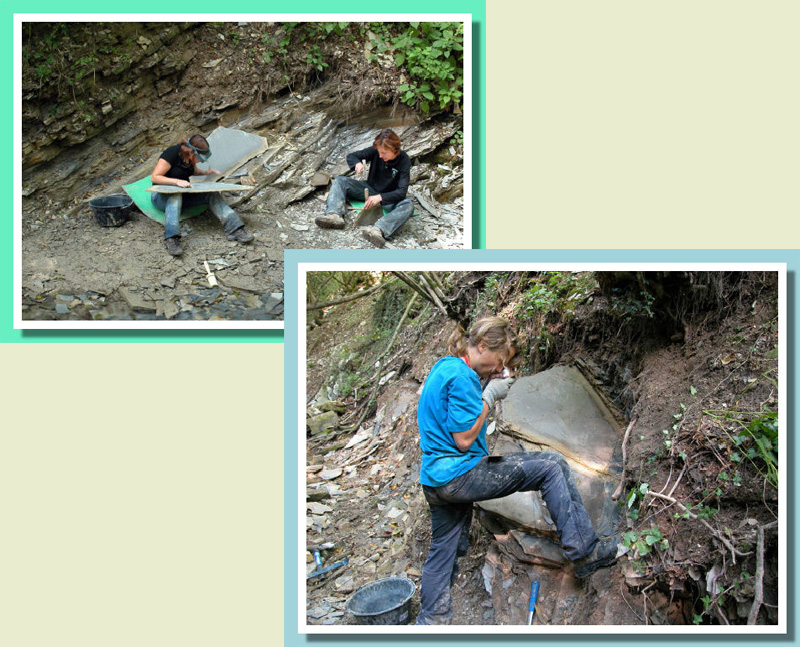The first Mesozoic record of the extinct apterygote insect genus Dasyleptus
Güntger Bechly & Rudolf Stockar describe the extinct apterygote insect genus Dasyleptus (Insecta: Archaeognatha: Monura: Dasyleptidae) from the Triassic of Monte San Giorgio (Switzerland): Dasyleptus triassicus n. sp. (Monura: Dasyleptidae) from the Ladinian (Middle Triassic) Meride Limestone of Monte San Giorgio in Switzerland.
It is the first fossil record of an apterygote insect from the Triassic, and the first Mesozoic record of the extinct group Monura. Monurans were previously only known from the Palaeozoic Upper Carboniferous and Lower Permian.

Monte San Giorgio Dasyleptus triassicus - Photo courtesy of www.ti.ch/stampa
This new discovery shows that these delicate insects did survive the great end-Permian mass extinction event. Dasyleptus is considered to be a neotenic bristletail that lived at the drift line of sea shores and banks of freshwater bodies and swamps. A sister group relationship of Dasyleptidae with Ectognatha is rejected as insuffi ciently founded, and Monura is confirmed as a suborder of Archaeognatha, which represents the sister group of all recent bristletails (suborder Machilida n. stat.).

Petrobius brevistylus, the actual insect showing mayor clues with Dasyleptus triassicus (Credit: Donald S.Chandler, New Hampshire University)
Fossil insects with unusual features, described from the Carboniferous of Mazon Creek as 'Dasyleptus' spec. by KUKALOVÁ-PECK, are here considered as "chimeras" from three different organisms: 1) genuine monurans; 2) Cercopodata; 3) stem group insects unrelated to Dasyleptidae but maybe congeneric with the alleged fossil silverfish Ramsdelpidion.

Sergio Pezzoli, one of Dasyleptus discoverer - Sergio Pezzoli Photo courtesy
Click here for the new species Dasyleptus triassicus FREE PDF

Digging in the Monte San Giorgio Triassic strata - Photo courtesy of www.ti.ch/stampa
Thanks to Rudolf Stockar and to Museo Cantonale di Storia Naturale di Lugano (CH)